Why I Do What I Do
July 19, 2023
Listen to my 8 minute voiceover on my substack.)
Hi Everyone,
For this week’s Molte News I’d like to share something a bit more personal. I usually take a specific circular economy topic like resale or repair and try to explain it in my own way, but this week I’ll be sharing some of my thoughts on what inspires me about the circular economy and how things are going with my business.
Things I’m excited about / love to talk about
When I’m speaking with people about why I do what I do, these are the reasons I mention the most:
The circular economy is a very creative endeavor right now. There is no exact science of how to do it or the right first step, it’s up to the business. There are so many different ways to start- a repair program, a resale program or a special upcycled collection. All of these projects will be learning experiences for the business team to understand what works and doesn’t work for their product. Some businesses will want to keep everything in-house, and some will want to outsource everything. Each business’ circular economy playbook can be unique to them which is exciting to me. (I help them think about what makes sense for their product and where to start.)
Some brands are committed to taking responsibility for their product (ahead of any legal requirements) and these examples are always inspiring and make me want to keep working. I was really excited to see Kerry Docherty at Faherty make this statement about their new resale program:
“I don’t see any conflict between selling secondhand and our new stuff,” she said. “We’re a family business and we don’t have private equity or venture capital breathing down our neck. We believe this is in line with our values. We would love for it to be a revenue stream, of course, but if all it does is prevent Faherty clothes from ending up in a landfill, then that’s a win for us.”
This truly inspires me. Private companies have so much more freedom to do what they believe in and prioritize their mission.
I always come back to quality- quality products win every time. A well made piece of clothing, pair of shoes, purse, table, bowl or car will keep its value for years to come. It will also be able to be repaired (and warrant the cost of the repair). It has the capacity to live a long useful life, and this is what I connect with. My favorite circular buying experience has to be Hoffman’s Barn in Rhineback, NY. It’s a big, old barn FULL to the brim with used furniture and homewares. You could easily furnish a house in a few well-spent hours there. If I need a new lamp or coffee table, I go there and I find what I need from the selection. I love that my choices are narrowed (I hate infinite options!), and I pick the item that speaks to me the most. I might use it as-is, or I might sand it and paint it, but it makes me truly happy to put it in my home and know that I’m not the first person to use it, and no new materials were required to make it available to me.
How my business is going
Molte Volte is doing well. I’m talking and working with with many brands of all sizes about the help they want and need implementing the circular economy. Here are my most popular services to-date:
A circular landscape analysis for a specific brand: I share the big-picture of the fashion circular economy and help the team understand how their product fits into the landscape, who else is in the same space and what element of circular they can and should start with (which many times is resale).
A circular landscape 101 class: this is similar to the above, but is for a group of people across businesses and industries. I held my first class last week and received strong positive feedback from the attendees that my presentation was clear, easy to grasp and gave a holistic overview of the fashion circular economy. This can be a business’ first step in creating their circular strategy.
Designing reverse logistics: many brands have manufactured high quality, sustainably-minded products, but they don’t understand how to get those products back for resale, repair and recycling. This is something I understand well and can help them design a system that works for them leveraging their internal systems or outsourcing to a vendor.
Resale program strategy (goals and metrics): some brands already have resale, repair or recycling programs, but may not have a strategy, goals and metrics to back those programs. I work with the brand’s key stakeholders to help understand how their current program is working, what goals they want to set and what metrics accompany these goals.
The needs of brands are varied, and there is always a great first or next step to take to support a business to move into the circular economy.
Staying up to date + networking
Lucky for me, I love to speak with people and am always wanting to learn what’s new and what’s happening. Every week, I talk with all kinds of people from sustainability and circularity. Here’s an list of conversations I had last week:
MendIt - caught up with Kaitlyn, the co-founder of a repair app/technology.
FabScrap - chatted with Jessica, the founder of the incredible textile recycling org that partners with companies to help recycle their textile waste.
Rheaply - this tech platform helps companies track, reuse and share their furniture and other office resources. They hosted a great webinar on reuse.
“CSR and ESG in the Fashion Industry” - joined a fantastic webinar hosted by CSR Talent Group (of which I’m a member). Ann Cantrell (FIT professor and owner of Annie’s Blue Ribbon General Store) and Liz Alessi (sustainability consultant + partner to Beyond Retro) were fantastic presenters and I learned about some ESG fundamentals.
Dhana/D-sphere - chatted with the founder, Shamini Dhana, of this circular design org. I’m excited about their work with remanufacturing.
Students + Career Transitions - I consistently chat with students who are interested in the circular economy as well as professionals who want to pivot their career to sustainability and/or circularity. I hope businesses are paying attention to their employees when they express interest in working towards sustainability. When employees don’t see traction from the company, they start looking elsewhere.
Brands - met with 3 brands (from millions to billions) who are exploring circularity.
Supercycle - learned about their rental technology from the co-founder and CEO, Ryan Atkins. I’m actually really impressed with the tech because it acts as a seamless Shopify plug in and let’s merchants rent their products in a flexible and straightforward way.
Nest - caught up with Chris VanBergen, Nest’s CFO/COO and adjunct professor at NYU Stern. Nest works to support global artisans in many capacities which is a personal passion of mine (specifically artisanal products).
Clubhouse - joined a 4th Sector Impact conversation about circularity with Thruline Networks who focus on ‘making capitalism work for everyone’. I like it!
MIT Platform Strategy Summit - spoke (unexpectedly!) on a panel about the opportunity to grow the circular economy through platforms. Video of the panel here if you’re interested. (Thanks to Peter Evans @ Macfadyen Digital.)
Bonus: dinner with the amazing Yuly Fuentes at MIT and Julia Viner who are moving and shaking in the circularity and sustainability world!
Something exciting in the works
I’m starting a fun new project with a colleague and we will have some great content for your listening pleasure shortly. Stay tuned.
That’s it for this week- please get in touch if you’d like to learn more about how you can enter into the circular economy or if your curious to learn more; I love to meet new people and share what I know.
Take care,
Cynthia

